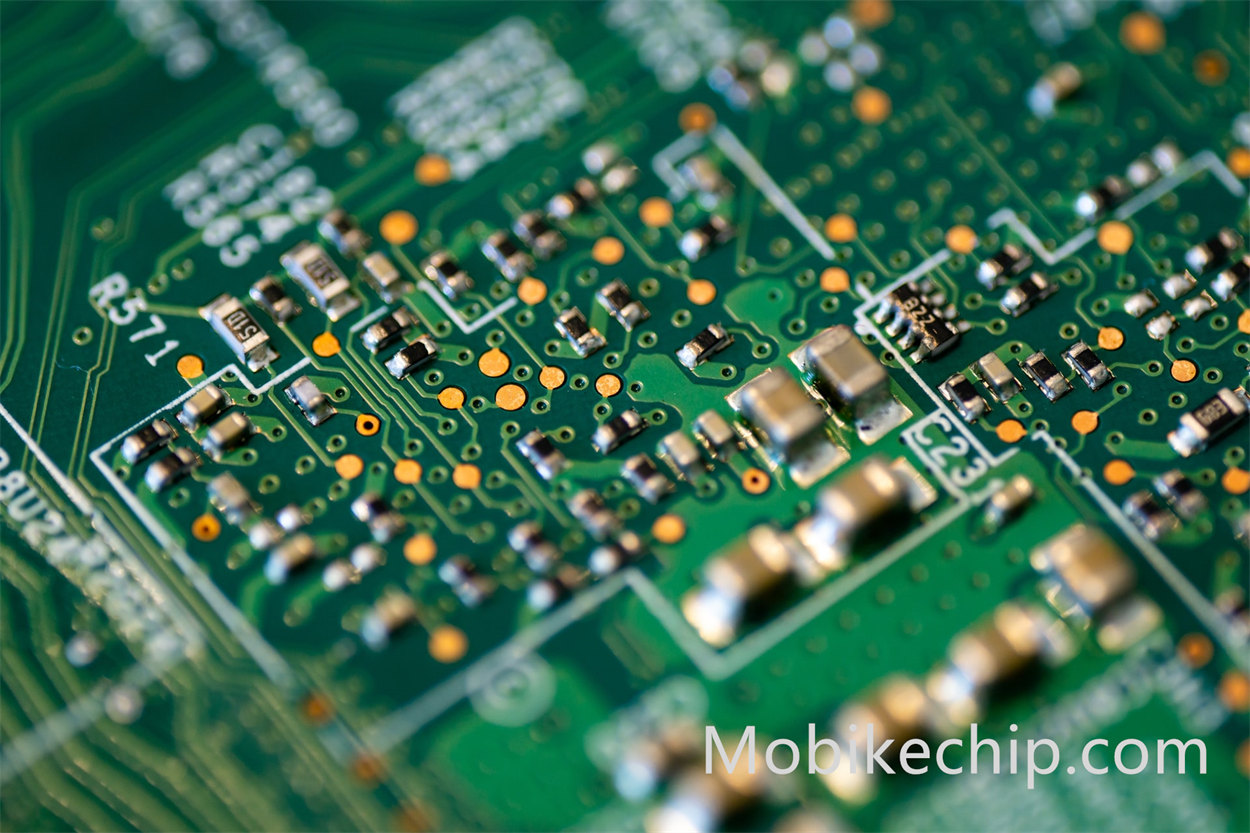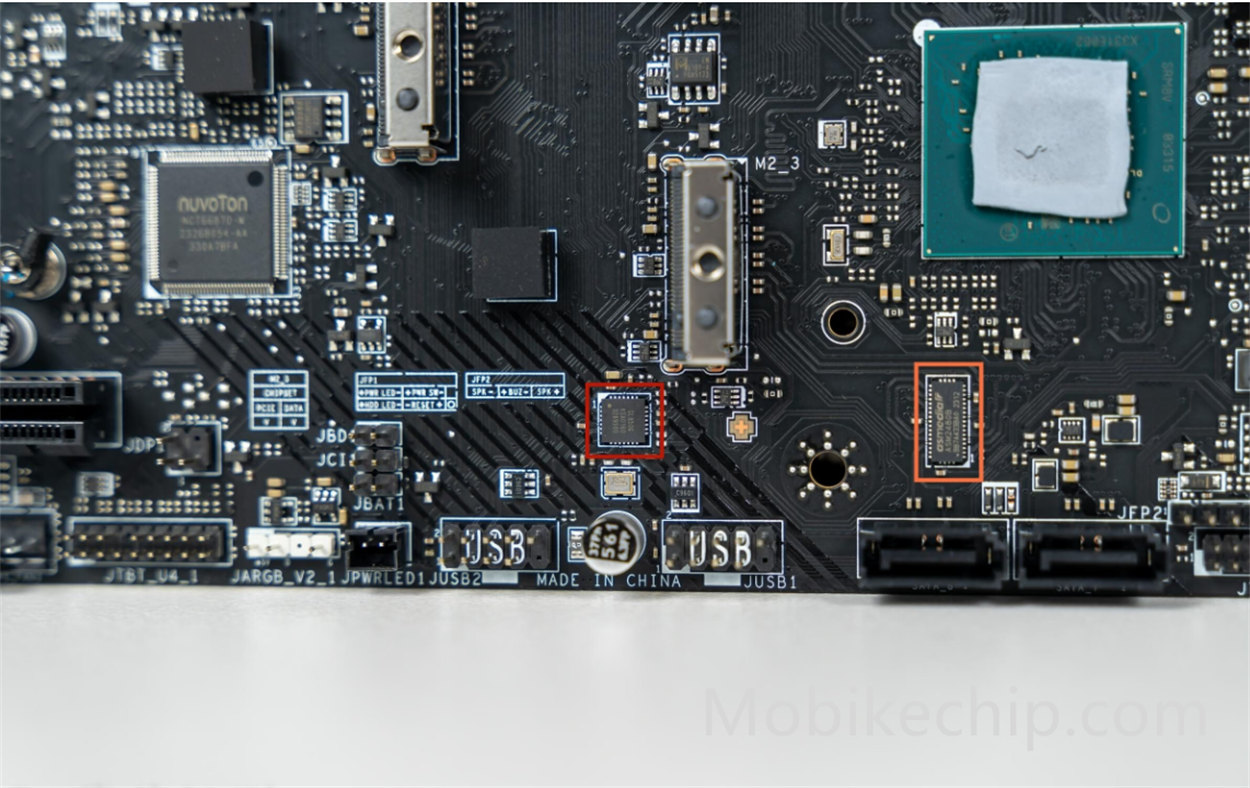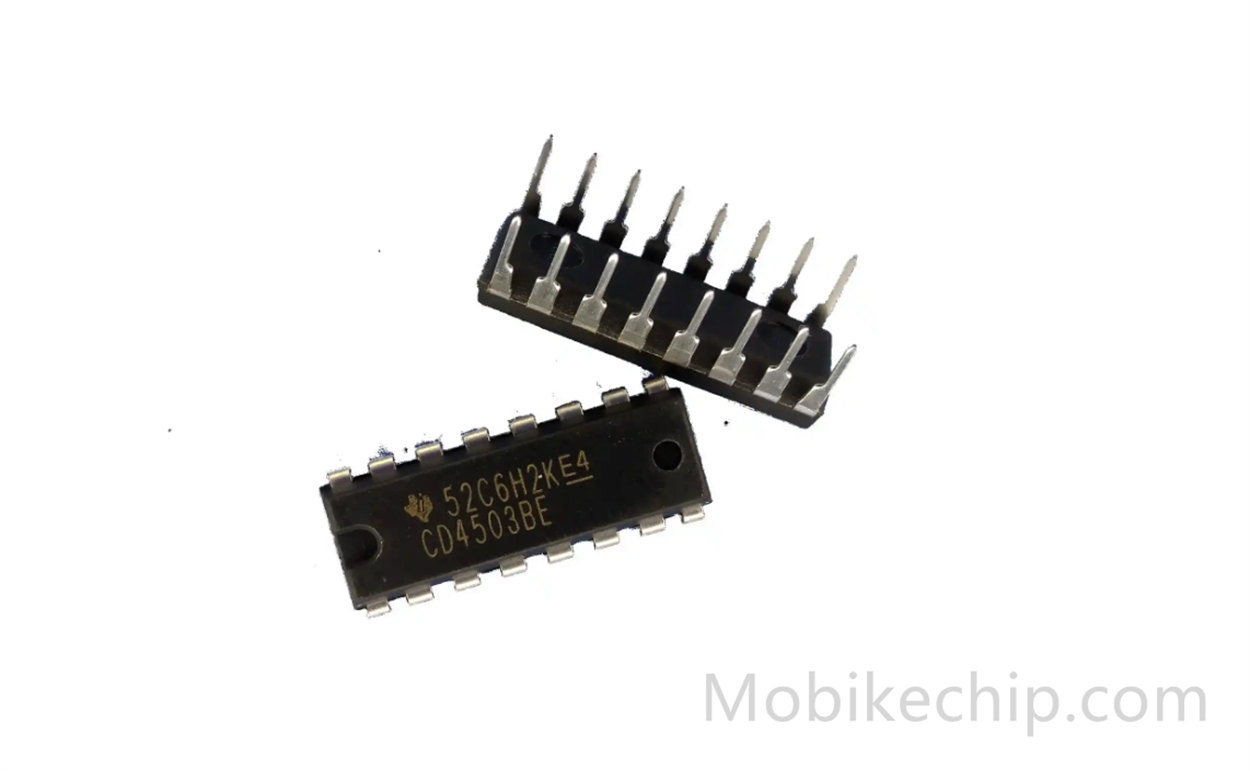In today’s interconnected world, reliable data transmission is crucial for communication networks, multimedia systems, and other electronic applications. However, as signals travel across long distances or through multiple components, they tend to lose strength or degrade, affecting the quality of communication. This is where repeater chips come into play. Repeaters are designed to amplify and restore signals, ensuring they reach their destination without loss of quality.
This article will explore the technical principles of repeater chips, their various types, and the diverse applications they serve in modern electronics. We will also discuss how these chips are categorized and their role in maintaining signal integrity and extending communication range across a wide range of industries.

What Are Repeater Chips?
A repeater chip is an electronic component used to boost and regenerate weak signals to ensure they maintain their integrity over long distances. They work by receiving a signal, amplifying it, and then retransmitting it with restored power and clarity. Repeater chips are essential for applications where signal degradation or loss is a concern, such as in long-distance communications, complex circuits, and networks that require reliable data transmission.
Repeaters are particularly important in high-speed communication systems, fiber optics, and networks where maintaining signal fidelity over long distances is a critical requirement. These chips are designed to ensure that signals can travel across various components, cables, or other transmission mediums without compromising performance.
How Do Repeater Chips Work?
Repeaters work by performing a series of processes that amplify, reshape, and restore signals. Let’s break down their primary functions:
1. Signal Amplification
Repeater chips are equipped with amplifiers that boost the signal's power to ensure it can travel over long distances or through complex systems without degradation. By boosting the signal strength, repeaters help maintain signal integrity, ensuring that the data remains accurate and reliable.
2. Signal Restoration
Over long distances or through transmission lines, signals can lose their shape or quality. Repeater chips regenerate these signals to restore their original quality before retransmitting them. This process eliminates noise and distortion that may occur due to transmission losses, ensuring that the received signal is as close as possible to the original.
3. Signal Timing Synchronization
For digital signals, repeater chips often synchronize timing to ensure that the data is transmitted in sync with other components. This synchronization ensures that the receiver can accurately interpret the signals and avoid errors during data transmission.
4. Impedance Matching
When signals travel through various media, impedance mismatch can lead to signal reflection or loss. Repeater chips are designed to match the impedance of the incoming signal with the output signal, ensuring a smooth transition between components and preventing signal loss.
Types of Repeater Chips
Repeater chips come in several types, each designed to meet specific needs based on the application. Let’s explore the primary types of repeater chips:
1. Analog Repeaters

Analog repeaters are designed to work with continuous, analog signals. They amplify and restore analog signals without converting them into a digital format, making them ideal for applications where the original signal quality needs to be maintained as closely as possible.
Key Features:
- Boosts analog signals without converting to digital
- Ensures minimal distortion during signal amplification
- Often used in audio, video, and analog communication systems
Applications:
- Audio and video transmission in consumer electronics
- Analog phone lines and telecommunications
- Radio frequency (RF) systems
2. Digital Repeaters
Digital repeaters are designed to work with digital signals, such as those in computer networks, telecommunications, and high-speed data transmission systems. They regenerate the digital signal by amplifying it and reshaping it to restore the original waveform, thus eliminating noise and ensuring error-free transmission.
Key Features:
- Works with digital signals to restore data integrity
- Ensures high-speed data transmission without signal degradation
- Ideal for applications that require minimal latency and high reliability
Applications:
- High-speed internet and fiber-optic networks
- Data transmission in computer systems and servers
- Communication between digital devices in networking environments
3. Fiber Optic Repeaters
Fiber optic repeaters are specifically designed for use in optical communication systems. They amplify and regenerate optical signals that travel through fiber optic cables, which are often used for long-distance data transmission. These repeaters are crucial in fiber-optic networks, where signal loss can be significant over long distances.
Key Features:
- Amplifies and regenerates optical signals in fiber-optic systems
- Uses optical amplifiers, such as erbium-doped fiber amplifiers (EDFAs)
- Ensures high-bandwidth and low-latency communication over long distances
Applications:
- Long-distance fiber-optic communication systems
- Telecommunications infrastructure
- Internet backbone networks
4. Wireless Repeaters
Wireless repeaters are used to extend the range of wireless communication systems, such as Wi-Fi, Bluetooth, and cellular networks. These repeaters amplify and retransmit wireless signals, ensuring they can cover larger areas or pass through obstacles like walls or buildings.

Key Features:
- Expands the range of wireless networks
- Boosts signal strength to ensure reliable coverage in areas with weak signals
- Used in Wi-Fi routers, cellular networks, and remote communication systems
Applications:
- Extending Wi-Fi coverage in large buildings or outdoor areas
- Enhancing cellular network coverage in remote areas or urban environments
- Boosting Bluetooth signals in smart devices and IoT applications
Applications of Repeater Chips
Repeater chips are used in a wide range of applications where maintaining signal quality and extending signal range are critical. Let’s explore some of the most common industries and scenarios where repeater chips play a vital role:
1. Telecommunications
In the telecommunications industry, repeater chips are used to boost signals in long-distance communication systems, such as landline telephones, mobile networks, and satellite communications. These chips ensure that the signal reaches its destination without loss of quality, even across vast distances.
- Signal Strengthening: In traditional copper wire or fiber-optic communication, repeater chips boost signal strength, allowing the data to travel over long distances without distortion.
- Telecom Infrastructure: Repeater chips are used in communication towers and base stations to maintain signal integrity in mobile networks.
2. Networking
In high-speed computer networks, including LANs, WANs, and data centers, repeater chips are used to ensure that signals remain strong and reliable as they travel through various networking components and cables.
- Data Integrity: In Ethernet and fiber-optic networks, repeater chips amplify signals to prevent data loss over long transmission lines.
- Extended Coverage: In large networking setups, repeaters help extend the reach of signals to remote devices or locations.
3. Audio and Video Systems
In audio and video transmission systems, signal quality is essential to avoid noise and distortion. Repeater chips help ensure that audio and video signals are transmitted without degradation, especially in professional AV equipment, broadcasting, and home entertainment systems.
- Home Theater Systems: Signal repeaters are used to extend the range of video signals to televisions or projectors in large or multi-room setups.
- Broadcasting: Repeaters are crucial in ensuring signal quality during live broadcasts, especially in outdoor or remote locations.
4. Wireless Communication

In wireless communication, repeater chips are used to amplify and extend the range of wireless signals, such as Wi-Fi, Bluetooth, and Zigbee. These chips are particularly important in large buildings, outdoor areas, or environments with high levels of interference.
- Wi-Fi Extenders: Repeaters are used in Wi-Fi extenders to boost signal coverage in homes, offices, and industrial environments.
- Cellular Networks: In areas with weak cellular signals, repeaters ensure that users can maintain reliable communication.
5. Satellite Communication
In satellite communication systems, repeater chips are essential for amplifying and retransmitting signals between satellites and ground stations. These chips help maintain clear and strong communication over long distances in space.
- Satellite Links: Repeater chips are used in satellites to ensure that communication signals remain strong and reliable across vast distances in space.
- Space Communication: These chips are essential for maintaining clear communication links between Earth and space-based systems.
Repeater Chips Conclusion
Repeater chips are vital components in ensuring the integrity and reliability of signals in modern communication systems. Whether they are used in telecommunications, networking, audio-video systems, or wireless communication, repeater chips play a crucial role in amplifying, regenerating, and retransmitting signals to ensure that data reaches its destination without degradation.
At MobikeChip, we offer a comprehensive range of repeater chips designed to meet the needs of various industries. Our products ensure high performance, signal integrity, and reliable communication for your electronic systems. Whether you’re designing a telecom network, a computer network, or a wireless communication system, MobikeChip has the repeater solutions you need to ensure optimal performance.
About Us
MobikeChip offers a broad range of genuine electronic components from over 2,600 manufacturers at competitive prices. Our product portfolio includes Integrated Circuits (ICs), Discrete Semiconductor Products, Resistors, Capacitors, Relays, Switches, Transformers, Sensors, Transducers, Inductors, Coils, Chokes, Potentiometers, Variable Resistors, Crystals, Thermal Management products, and more.
Category page: Signal Buffers, Repeaters, Splitters-Interface-Manufacturers-Dealer-MobikeChip








